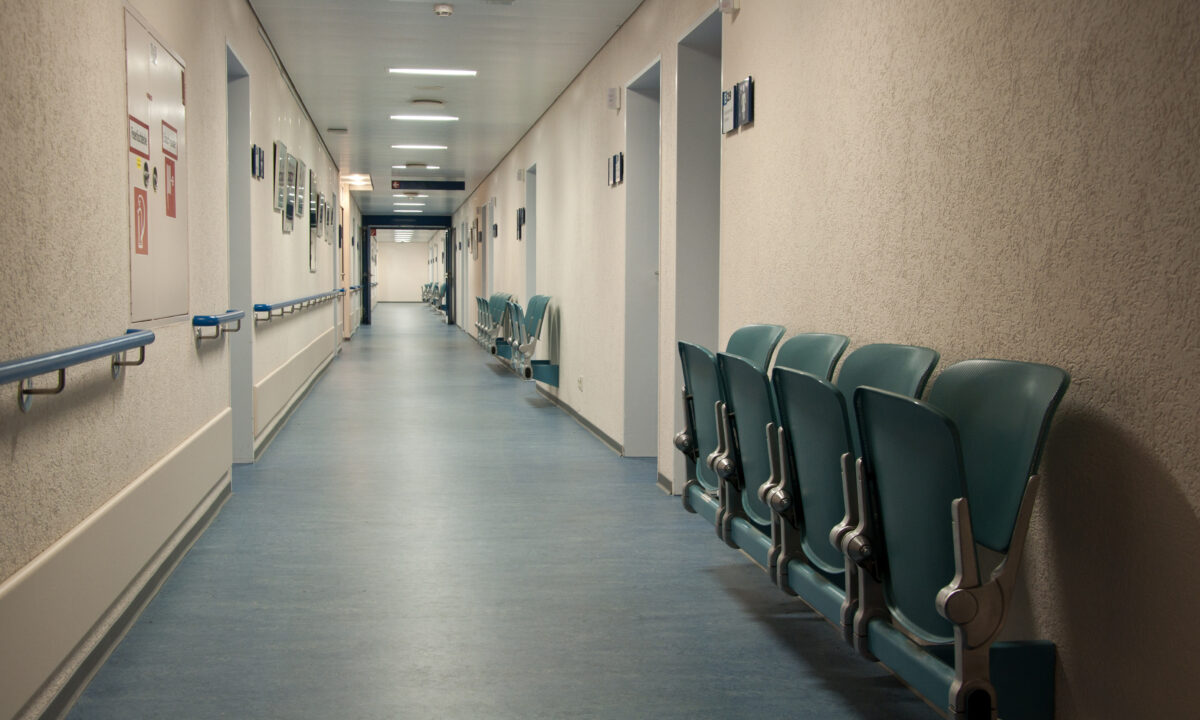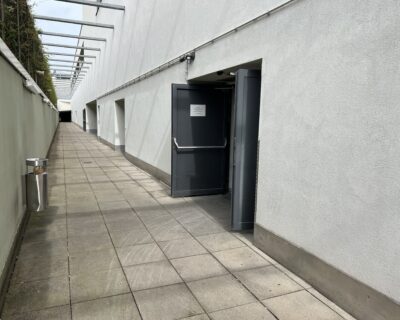Difference between the official inspection in accordance with Section 338 GewO and the periodic inspection in accordance with Section 82b GewO

The Industrial Code 1994 (GewO) regulates numerous obligations for entrepreneurs and business owners in order to ensure safe, legally compliant and sustainable operations. Official inspections and company self-inspections play a key role in this. Two central regulations are the inspection in accordance with Section 338 GewO, which is carried out by the authorities, and the recurring inspection in accordance with Section 82b GewO, for which the business owner is responsible. Both have different focuses, but together they help to guarantee safe and legally compliant operations.
In this detailed article, we explain the differences, the process and the legal consequences of both audits. We also shed light on the measures that companies can take to optimally prepare for these audits.
1. official inspection according to § 338 GewO
The official inspection in accordance with Section 338 GewO serves to check whether a business complies with all trade law regulations. This inspection is initiated by the responsible trade authority and can take place either regularly or on an ad hoc basis.
1.1 Objective of the official review
The main objective of the official review is to ensure compliance with legal requirements and to identify potential safety risks. The authorities review the following aspects in particular:
- Structural and technical fire protection (emergency exits, fire alarm systems, fire extinguishers)
- Employee protection (safety measures for employees, protective equipment)
- Compliance with environmental regulations (storage of hazardous substances, emissions)
- Examination of permits and authorizations
1.2 Who carries out the inspection?
Official inspections are carried out by the responsible trade authority, which may also involve other specialist authorities, depending on the operation and potential risk:
- Fire department (for fire protection issues)
- Labor inspectorate (for occupational safety measures)
- Environmental authority (for environmental protection issues)
1.3 When does the official inspection take place?
There are various reasons for an inspection under Section 338 GewO:
- Regular inspections: Regular inspections are required by law in certain commercial sectors.
- Occasion-related inspection: Carried out after complaints, accidents or reasonable suspicion of violations.
- In the event of significant changes: If structural or safety-relevant changes have been made to the operation.
1.4 Procedure of the official review
An audit in accordance with Section 338 GewO takes place in several steps:
- Announcement or unannounced visit by the authority
- Inspection of the premises and review of safety-relevant aspects
- Checking approvals and documentation
- Preparation of a test report with possible conditions
- Setting a deadline for remedying identified defects
- Follow-up checks or sanctions in the event of non-compliance
1.5 Consequences of violations
If the authority finds violations, this can have different consequences:
- Conditions for rectification with deadlines
- Administrative penalties for non-corrected deficiencies
- Operating restrictions or closure in the event of serious violations
2. periodic inspection according to § 82b GewO
In contrast to the official inspection in accordance with Section 338 GewO, the Section 82b GewO inspection is a recurring responsibility of the business owner. It is intended to ensure that the business premises continue to comply with the applicable regulations and can be operated safely.
2.1 Objective of the periodic inspection
The recurring inspection in accordance with Section 82b GewO serves to identify possible deficiencies at an early stage before an official inspection takes place.
The following points are checked:
- Compliance with the original operating license
- Technical safety of operating systems and machines
- Fire protection measures and emergency plans
- Checking documentation and maintenance records
2.2 Who carries out the audit?
The inspection must be carried out by an authorized expert commissioned by the company owner himself.
2.3 When does the examination take place?
The inspection in accordance with § 82b GewO must be carried out every five years, unless other statutory intervals are prescribed.
2.4 Procedure of the § 82b GewO examination
- Commissioning of an authorized expert by the contractor
- Inspection of the operating system and all relevant documents
- Preparation of an inspection report with a list of defects (if required)
- Correction of the defects by the company
- Proof of rectification of defects to the authorities
2.5 Consequences of violations
If deficiencies are identified, these must be rectified within a set deadline. Failure to do so may result in sanctions being imposed by the authorities.
3. the most important differences at a glance
| Criterion | § Section 338 GewO (official inspection) | § Section 82b GewO (independent examination) |
|---|---|---|
| Who carries out the audit? | Authority or authorized experts | Authorized expert on behalf of the company |
| When will it be checked? | Occasionally or regularly for certain companies | Mandatory every five years |
| What is checked? | Permits, fire protection, safety, environmental regulations | Compliance with the original operating license |
| Consequences of defects? | Conditions, penalties, business closure possible | Duty to rectify, operating license remains subject to conditions |
Conclusion: Why are both tests important?
While the official inspection in accordance with Section 338 GewO serves to check businesses specifically for compliance with the regulations, the responsibility for the recurring inspection in accordance with Section 82b GewO lies with the business owner themselves. Both inspections are essential for the safety and legal compliance of a business.
Tip: If you carefully document the recurring inspections, you minimize the risk of sanctions in the event of an official inspection!




